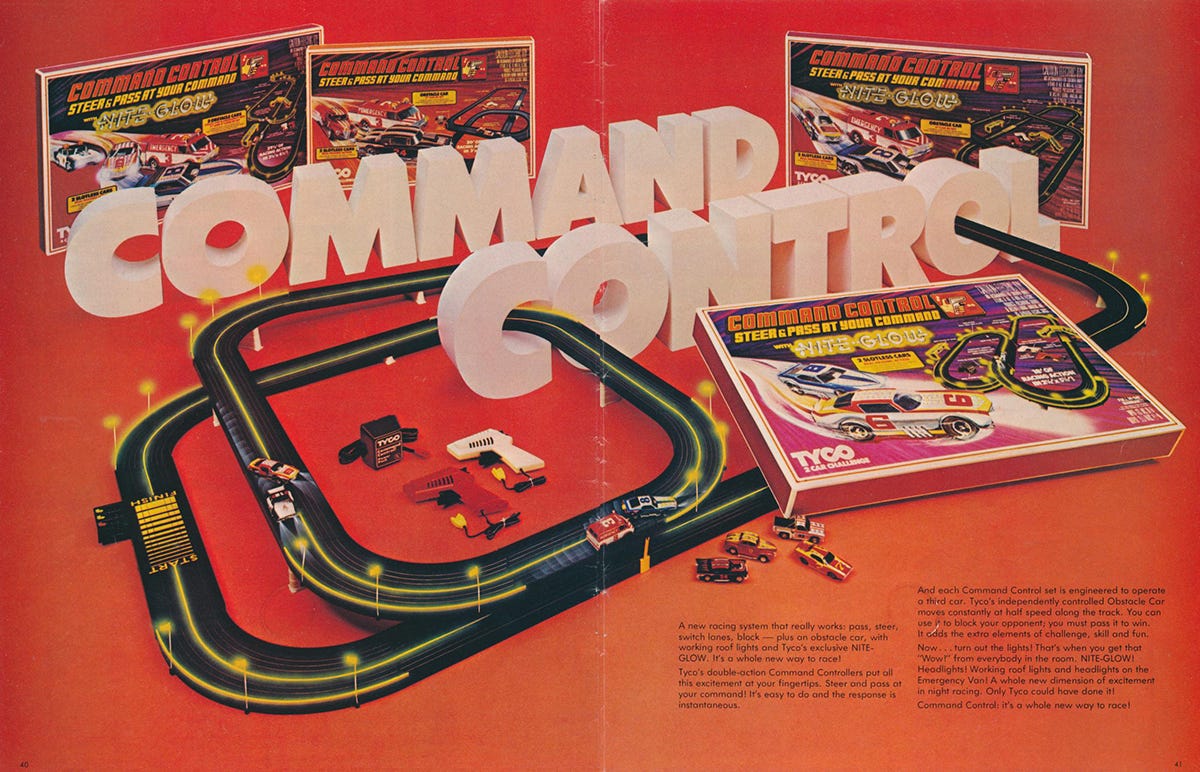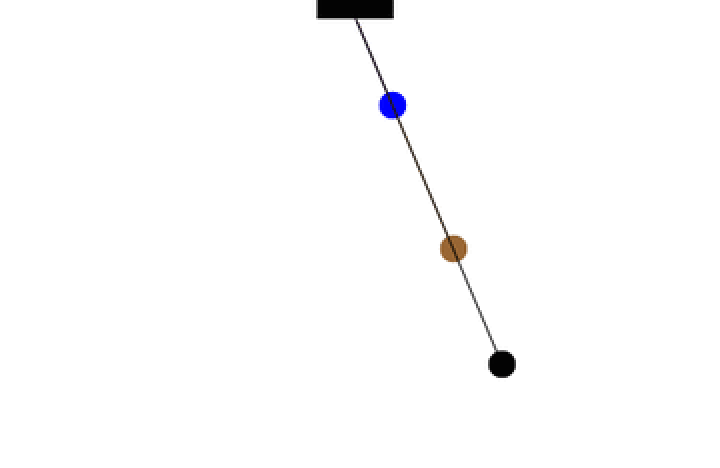Introduction from Zach Rausch:
One of the most surprising patterns in the global mental health data has been the sharp decline in adolescent mental health in the region often said to be the happiest in the world: Scandinavia. These countries have strong social safety nets and a population that embraces free play and childhood independence. However, many Scandinavian parents, educators, and politicians transferred that mentality to the virtual world, eagerly adopting new digital technologies for children, and allowing kids unfettered access to roam free online.
Just like in the Anglosphere, screens, smartphones and social media reshaped adolescence in the Nordic countries starting around 2012, and a decline in teen mental health quickly followed, as we showed in our post on mental health trends in Finland, Iceland, Denmark, Norway, and Sweden.
What’s notable about Sweden isn’t the effect that the phone-based childhood had on its kids — it’s how they’re responding and changing course.
Today’s post is written by Linda Åkeson McGurk, a Swedish-American journalist, speaker, and bestselling author of There’s No Such Thing as Bad Weather and The Open-Air Life, two books that have inspired readers all over the world to embrace nature as a way of life. Linda has spent over a decade advocating for children’s right to outdoor play, and helping families trade screen time for green time, including through her Substack, The Open-Air Life.
In this essay, she gives us an inside look at how Sweden first embraced, and then reset, its relationship with smartphones, social media, and other emerging digital technologies. Sweden is a small and nimble nation with a history of experimentation with social and educational policies — so they are able to make sharp changes in short periods. That makes it one of the most important countries to watch. If their new policies work, including rolling out bell-to-bell phone-free schools, reintroducing textbooks, and pulling back on screens in schools, the world will have a powerful example of how to roll back the phone-based childhood and restore the play-based childhood. Go Sweden!
— Zach
Subscribe now
Sweden Went All in on Screens in Childhood. Now It’s Pulling the Plug.
By Linda McGurk
Sweden isn’t just the land of fika, flat-pack furniture, and the Nobel Prize — it’s also one of the most tech-forward countries on Earth. Spotify, Minecraft, Candy Crush, and the famous YouTuber PewDiePie, who has more than 110 million followers, all hail from here. Broadband is universal, Wi-Fi is lightning-fast, and no Swede wants to be accused of being a late adopter.
So, when I moved back to my native Sweden in 2018 after spending 15 years in the U.S., I knew I was returning to a digital wonderland. Even so, I was stunned to see how thoroughly digital devices had infiltrated every corner of daily life — especially childhood. At the time, a quarter of Swedish babies under 12 months (!) were using the internet. Two-thirds of 9-year-olds had cellphones. And 97% of all 12- to 15-year-olds were on Snapchat.
Even though the official age limit for Snapchat is 13, the girls in my daughter’s fifth-grade class were no exception, and soon my daughter was the only one left out of the class Snapchat group. When I tried to raise the issue with other parents, I was met with blank stares. Soon, I felt like I was the only parent in Sweden trying to limit my children’s screen time and access to social media. Anyone who questioned the nation’s blind faith in digital childhood was treated like a moral panic peddler and cultural reactionary, not unlike those who once claimed that jazz music was the work of the devil.
Yet in recent years, the country has awoken to the risks of rapid digitalization and a childhood saturated in screentime. This top-to-bottom reversal can provide a crucial blueprint for other tech-smitten nations struggling to balance the digital age with children’s well-being.
Share
The Nature-Based Childhood Versus the Digital Blindspot
In her book The Danish Secret to Happy Kids, author Helen Russell argues that because Nordic countries’ social codex traditionally gave children lots of freedom to play outdoors (a positive), they misguidedly granted children the same wide-ranging freedom online. Until very recently, Sweden’s Public Health Institute had no screen-time guidelines. Not even the Swedish Agency for the Media — whose primary task is to protect minors from harmful media use and increase media literacy in the general population — had any advice for parents. Russell calls this lack of awareness of the effects of excessive smartphone and social media use a “digital blindspot.”
To my surprise, digital devices had even made their way into the Swedish universal preschool system, which is internationally renowned for its focus on child-led outdoor play year-round. In 2019, the government went a step further by mandating the use of digital tools in the national preschool curriculum. The fear that Sweden’s 1- to 5-year-olds might fall behind in the race toward an AI-powered future was palpable. And with that, screens were challenging one of the most quintessentially Scandinavian things: the nature-based childhood.
Meanwhile, the public school system seemed woefully unprepared to deal with the consequences of the fast and furious digital revolution. By the time my oldest daughter entered eighth grade in 2021, phones went everywhere with kids, even into classrooms. Just like in the U.S., the result was chaos. Almost daily, my daughter told me about students texting, playing games, scrolling on social media, snapping selfies, and taking calls during lessons. Teachers had been demoted to smartphone police, trying to teach algebra to kids hooked on Roblox. Distraction was the new normal – and it showed in school results.
In the 2022 international PISA assessment, Swedish 15-year-olds recorded their lowest scores in math and reading in a decade, with more than a quarter of the students falling into the low-performing category in math. When the Swedish National Agency for Education analyzed the results, they concluded that the students with the highest digital media use for things other than learning, both at school and at home, performed the worst. An OECD report went even further, noting that nearly 4 in 10 Swedish students Swedish students are distracted by digital devices in math class. Teachers saw the same trend from the front lines. Nearly 9 in 10 said that smartphones were harming students’ learning, stamina and attention spans.
When I asked my daughter’s teacher why phones weren’t collected at the start of the day, he sighed: “We try to limit phones in the classroom with the younger kids, but the eighth and ninth graders are kind of set in their ways. It is what it is.”
I couldn’t believe it. How could a country that had always taken pride in its progressive policies on children’s well-being lack awareness and concern about how near-constant digital stimulation might affect learning and adolescent brain development?
Subscribe now
The Turning Point
But after years of digital free fall, the tide in Sweden began to turn. The first signs of a reversal came in late 2022, when then-Minister of Schools Lotta Edholm called the digitalization of Swedish schools “an experiment” that wasn’t scientifically based and that harmed children’s learning. Then, the Public Health Institute made a course correction by issuing Sweden’s first-ever screen time guidelines in 2024. Their recommendations were both clear and pragmatic:
Ages 0–2: Ideally, no screen time at all, aside from video calls with family.
Ages 2–5: No more than one hour per day, with content tailored to the child’s age and developmental stage.
Ages 6–12: One to two hours per day, with parents encouraged to stay involved—know what your child is watching or playing, make sure age limits are respected, and talk about what happens online.
Ages 13–18: Two to three hours per day, while paying attention to how screen use affects well-being. Parents are urged to take an active interest in their teens’ digital lives and to help them find a healthy balance between online and offline activities.
The guidelines also warn about algorithm-driven apps that are addictive by design and can lead to problematic use — especially among younger children.
No More Phones in Schools
At the same time, Sweden tightened its school laws. Phones are now banned from classrooms unless specifically needed, and starting in 2026, a nationwide school phone ban will take effect for the full school day. The government isn’t stopping there. They’re also backing away from screens in schools in general, instead increasing funding for physical textbooks and school libraries.
“We’re reintroducing books, pencils, and paper as the default tools for learning in the classroom,” said then-Minister of Education, Johan Pehrson during an online summit on ed-tech. While Pehrson said he initially received pushback and was accused of being “old-fashioned,” the consensus has shifted, and the government now has broad public support for their agenda to reduce screen time in schools.
That’s not all. Citing concerns about sleep deprivation, worsening mental health, and plummeting school results among teenagers — and encouraged by the example set by Australia — the Swedish government is now considering introducing an age limit on social media.
Parents Push Back
Change didn’t come from the top alone. Across Sweden, parents are starting to rebel against Big Tech’s grip on childhood.
In the small town of Viken, two mothers launched a pact to delay smartphones until age 14. Within weeks, 250 people — about 5% of the town’s population — had signed on. In a different part of the country, parents created a similar pact to protect children against screen addiction and harmful social media content. Both initiatives were inspired by the newly founded organization Ki-DS, which aims to change the norms around smartphones based on the four principles of The Anxious Generation: No smartphones before 14, no social media before 16, phone-free schools and more independence and free play in the real world. So far, parents in over 200 Swedish towns have signed the pledge.
Prominent influencers, such as tech entrepreneur and investor Sara Wimmercranz, have helped change the conversation around screens as well. Wimmercranz made headlines when she went public about limiting screen time for her four children to Saturdays and keeping the family’s summer vacations screen free. Now, going smartphone free or completely screen free during the summer holiday is trending.
The evidence of a turnaround is more than anecdotal. When the Swedish Agency for the Media published their latest report on children’s media use in September 2025, it showed:
Among 9-12-year-olds, the average daily use of digital devices has decreased by 40 minutes per day since 2022. The use is also decreasing among children in other age groups.
The share of 9-year-olds that don’t have a cell phone has almost doubled since 2022, a trend that is also apparent among 0–8-year-olds.
Social media use is decreasing among children under the age of 13.
Parents’ concern about children’s digital media use is increasing, especially among parents of young children.
Another telltale sign of the times is that one of Sweden’s largest electronics chains reported that the sales of “dumb phones” tripled from 2022 to 2024.
Leave a comment
What Sweden’s Example Can Teach Other Nations
The other day, I received a brochure in the mailbox titled “How do you talk about screens at home?” It was from the Public Health Institute of Sweden and was packed with tips and information about screen use and what families can do to encourage healthy habits. It was exactly the kind of support I’d wished for seven years earlier, when my children were still young and we had just made the move across the Atlantic.
Sweden’s story is one of a society that looked at itself in the mirror and changed course. The lessons from the Swedish experience are simple but profound:
Policy matters. National bans on phones in schools ensure an environment conducive to learning and connection, allow students to engage more fully, and take pressure off of teachers who previously had to police device usage.
Official guidance empowers parents. Clear, research-based recommendations make it easier to set, justify, and enforce limits.
Community action works. Parents joining forces — village by village — can shift cultural norms faster than we think.
Once a country that prided itself on being the fastest to digitalize, Sweden is now proving that progress sometimes means knowing when you’ve taken a wrong turn, so you can double back and undo the mistake. As my daughter turns 18, it’s too soon to know exactly how Sweden’s radical digital experiment has shaped her generation, but the course reversal makes me hopeful about the future for Sweden’s children and — if other countries follow Sweden’s lead — for those around the world.
Subscribe now





























